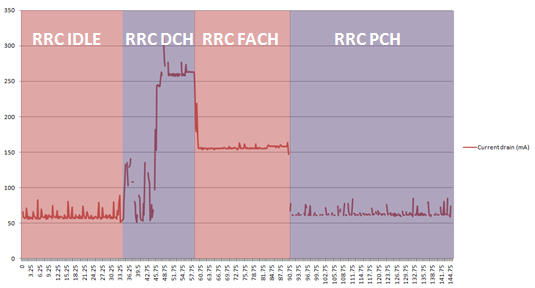Back in 2009, Telia in Sweden launched the first commercial LTE network. Three years down the line, looking at their website there is a little mention of some mobile broadband packages and that is about it. Looking at some other European LTE operators, things don't get much more exciting.
Jump over the pond to the USA and things are much different. LTE 4G, is plastered all over Verizon's and AT&Ts websites, there are flames, direct comparissons of download speeds between the two operators, commercials about LTE, smartphones, tablets, mi-fi, iPad, the lot!
Sure, most of it is just commercial hype, but LTE needed this American style push desperately as the European marketing style was very boring. Now it seems it has started to trickle through as a few European operators have started announcing LTE capable smartphones. Let's see how things develop..




